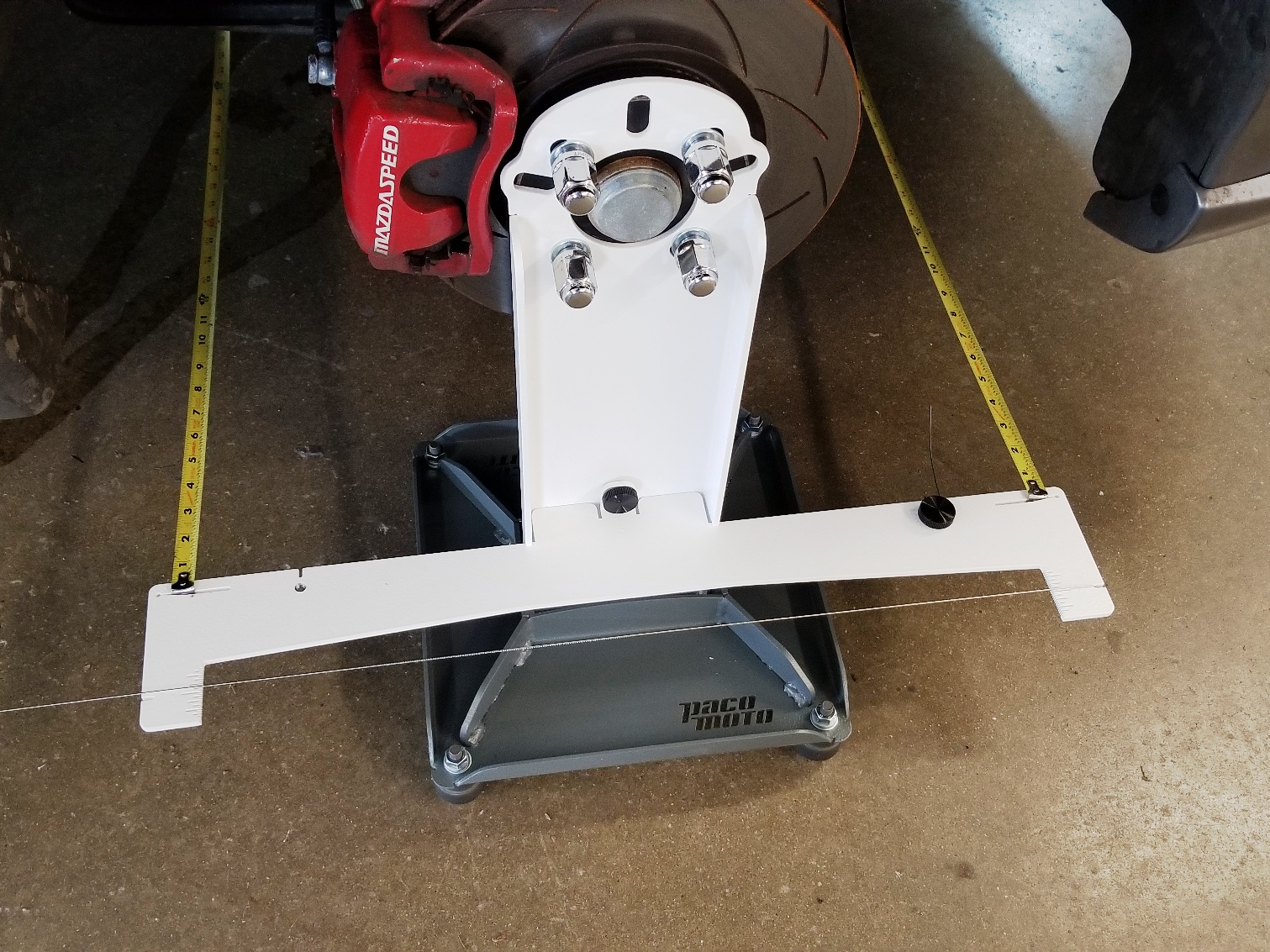
For sedans and some SUVs, you may need a plumb bob to mark the ends of the level on the floor. Lightly clamp the levels to the wheels so they extend fore and aft of the tires. Levels and Ruler: You’ll need a couple of four-foot levels and small bar clamps for this method.If the string is bent, adjust the tie rod ends to straighten the wheels. If toed in or out, the string will have to bend around the wheel. Now, with the steering wheel straight ahead, the tires should just barely touch the string. Height-wise, the string should pass by the wheels’ center line, so adjust the string up or down on the tires and jack stands accordingly. String: Place a couple of jack stands in front of the vehicle by a few feet, then run Mason’s line from one jack stand down the side of the vehicle, around the back tires, then up the opposite side of the car to the other jack stand.A couple methods can help you get your alignment angles close enough to drive to an alignment shop: Your tires’ camber, caster and toe can be affected by steering and suspension repairs. Spin on the new part until it hits the locking nut - the toe angle will usually be close to where it was before. Spin: For an outer tie rod end, loosen the locking nut and spin off the old outer tie rod end.
#Diy automotive alignment tools install
Then, install the locking nut to the same length on the new tie rod end.

However, if you’re repairing steering and suspension parts, you may throw off your wheel alignment.

You can fix, repair, adjust or upgrade just about anything with the right tools and a manual.


 0 kommentar(er)
0 kommentar(er)
